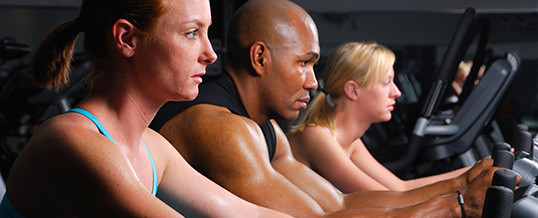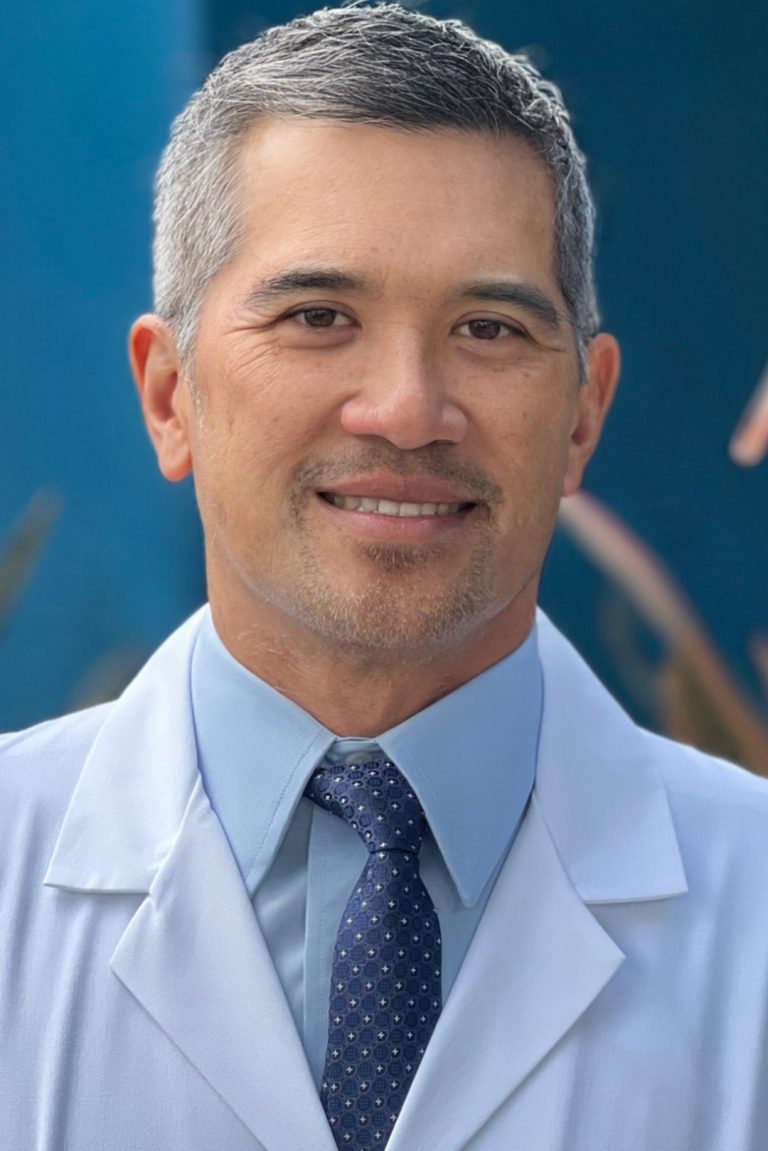“Honey, have you been to yoga lately?” You may have asked the question; you may have received the question, but many of us know that yoga — mindful movement and breath practices — plays a big part in how we interact with others. How is it that our partners know if we have been practicing yoga? They can’t feel if our hamstrings are getting a little tight. They don’t know if we’ve practiced Ujayyi breath today. It has entirely to do with how we respond to our loved ones, and research shows that yoga enhances our ability to relate to others with care and compassion.
A study in 2013 on people with schizophrenia sheds light on the impact of yoga on social relationships. Subjects who participated in a yoga therapy program showed improvement in facial recognition of emotions. The yoga group also had higher plasma levels of oxytocin — the peptide nick-named the “love hormone”, suggesting the oxytocin surge may be linked to greater attunement to the feelings and emotions of those around us.
We know from research that oxytocin is at play in newly formed romantic liaisons. During the early stages of bonding between lovers, the “Honeymoon Stage,” the peptide shows up in higher concentrations in the bloodstream. It’s what helps us learn to trust and fall in love. Hand holding, cuddling, maintaining eye-to-eye contact, and orgasm — especially with a love connection — further stimulate the production of oxytocin.
Synthesized in the hypothalamus and released from the pituitary gland in the brain, oxytocin is what helps mothers produce uterine contractions for childbirth and then bonds mothers to their new babies, including with helping “let down” milk for newborns. In men, oxytocin production correlates with maintaining monogamous relationships and helps with erection and ejaculation.
Even our pets draw us into an oxytocin loop. Japanese researchers found that dogs who hold a longer gaze on their owners elicited not only a longer gaze response from the owners but also cooing and petting. Both dog and dog owner experienced bursts in oxytocin.
As a yoga teacher of more than 12 years here in Los Angeles, I’ve noticed nowadays that there are few students who are “brand new” to yoga. This mind-body practice that links stretching, strengthening, and breath awareness has boomed in the last decade with yoga classes taught in schools, community centers, and corporate offices. In my own physical therapy practice here at Akasha, I include yoga in physical therapy treatments on a regular basis. There is not one ailment that can’t be improved by a few well-chosen yoga postures or breathing techniques. Recovery from physical injury takes time, but improving quality of life — including our support system — spurs healing along and makes the process a little sweeter.
Ask someone how yoga impacts their quality of life, and chances are you’ll get a long and varied list of boons from the practice. The stretching and strengthening are great physically, and the breathing practices can promote calm and increase attention span, but once off the mat and interacting with others, yoga has profound effects on our love capacity towards ourselves and others.
References
Effect of yoga therapy on plasma oxytocin and facial emotion recognition deficits in patients of schizophrenia. N. Jayaram, S. Varambally, R. V. Behere,1 G. Venkatasubramanian, R. Arasappa, R. Christopher,2 and B. N. GangadharIndian. J Psychiatry. 2013 Jul; 55 (Suppl 3): S409–S413.
Oxytocin: The Hormone of Love. Bandi Hari Krishna, Archana.S.Pawar, Kondam Ambareesha. NationalJournalofMedicalResearch& YogaScience;Jan2015:Vol.-1,Issue-3,P.40-42. ISSN 2395-2911.
Oxytocin-gaze positive loop and the coevolution of human-dog bonds. Miho Nagasawa1,2, Shouhei Mitsui1, Shiori En1, Nobuyo Ohtani1, Mitsuaki Ohta1, Yasuo Sakuma3, Tatsushi Onaka2, Kazutaka Mogi1, Takefumi Kikusui1,*Science 17 Apr 2015: Vol. 348, Issue 6232, pp. 333-336. DOI: 10.1126/science.1261022.
–
Olivia Barry is our new Physical Therapist. Learn more about her and schedule your appointment today by emailing info@akashacenter.com



















